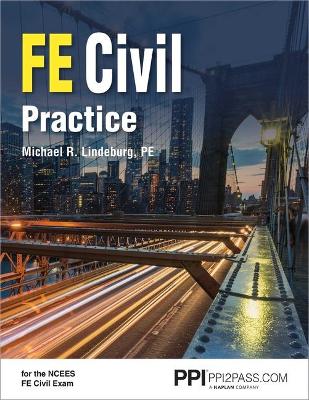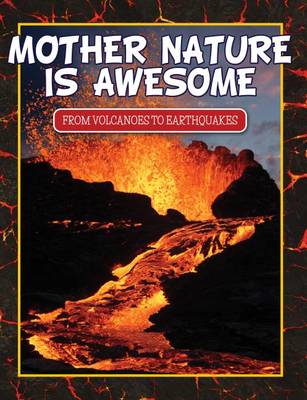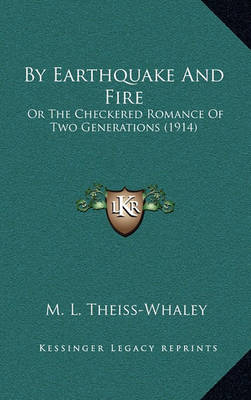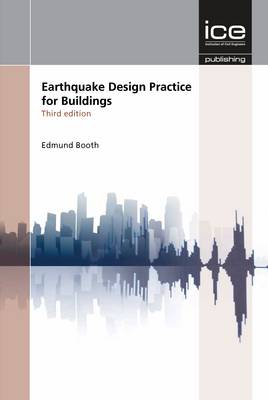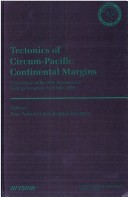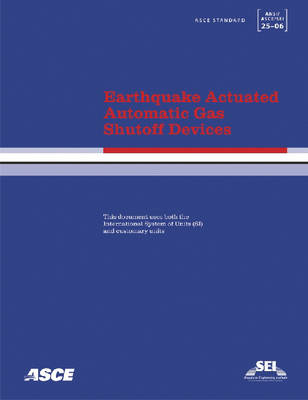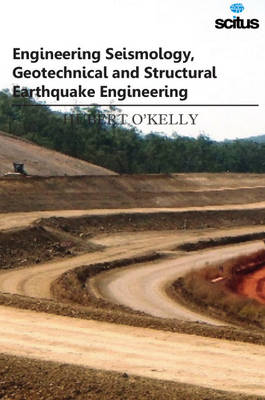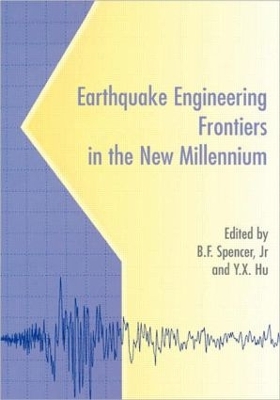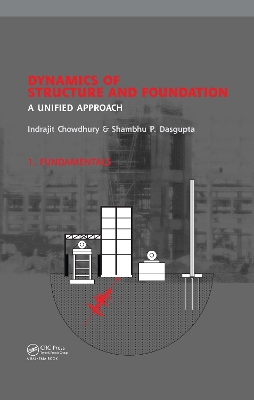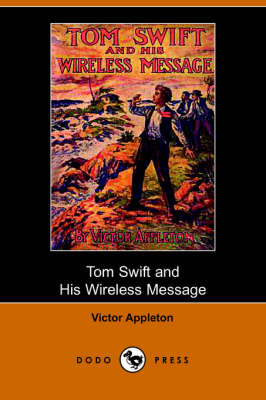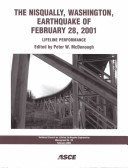Ppi Fe Civil Practice - Comprehensive Practice for the Ncees Fe Civil Exam
by Michael R Lindeburg
Mother Nature Is Awesome (from Volcanoes to Earthquakes) (Books for Kids)
Significant Changes to Seismic Load Provisions of ASCE 7-10: An Illustrated Guide focuses on the revisions to the seismic load requirements set forth in the latest edition of the Standard for minimum design loads. Mirroring the organization of the seismic chapters in ASCE 7-10, this handy reference briefly summarizes each change to the seismic provisions that might affect actual practice or enforcement and immediately follows up with the precise wording of the change. The impact of each update i...
Natural Draught Cooling Towers
The world's most experienced scientists and professionals working on cooling towers gathered at the 5th International Symposium on Natural Draught Cooling Towers to discuss the latest developments in this area and exchange knowledge and experiences. This book comprises 43 contributions on the latest developments in the field of natural draught cooling towers, including the cooling process, wind loading, stability & nonlinear behaviour, earthquake resistant design, structural problems, constructi...
Earthquake Engineering for Structural Design
by Victor Gioncu and Federico Mazzolani
Developments in Earthquake Engineering have focussed on the capacity and response of structures. They often overlook the importance of seismological knowledge to earthquake-proofing of design. It is not enough only to understand the anatomy of the structure, you must also appreciate the nature of the likely earthquake. Seismic design, as detailed in this book, is the bringing together of Earthquake Engineering and Engineering Seismology. It focuses on the seismological aspects of design - analyz...
It aims to explain the different sources of damage that can be triggered by an earthquake and the conceptual method of earthquake-resistant design. The book would also be useful for postgraduate students of civil engineering, practising engineers, and architects. Beginning with an introduction to earthquakes and ground motion, the book provides a detailed coverage of structures and soil in terms of their seismic response. The need for placing emphasis on conceptual design is covered in detail...
Earthquake Design Practice for Buildings Third edition
by Edmund Dwight Booth
Earthquake Design Practice for Buildings, 3rd edition provides comprehensive, practical and easy to read advice for all engineers, designers and analysts of earthquake resistant structures. This new edition has been completely revised to account for the many developments that had taken place since the publication of the best-selling second edition. The third edition continues to provide comprehensive practical guidance and now covers: * Threats to human activity from earthquakes and strategie...
Earthquake Resistant Engineering Structures XII (WIT Transactions on The Built Environment, #185)
Major earthquakes and associated effects continue to stress the need to carry out more research and a better understanding of these phenomena in order to design earthquake resistant buildings and to carry out risk assessments. This volume combines the latest leading research as presented on the 12th edition of the ERES conference. As the world's population has concentrated in urban areas resulting in buildings in regions of high seismic vulnerability, we have seen the consequences of natural di...
Tectonics of Circum-Pacific Continental Margins
Understanding the structure and nature of movements within the Earth's crust has become increasingly important as we try to understand the history of the Earth and try to use this knowledge as a key to events in the future. This is especially relevant to those everincreasing communities populating the edges of the Pacific Ocean. This collection of papers deals with the tectonic modelling and evolution in some of the most seismically active regions in the world. Structural and stratigraphical ana...
Earthquake Actuated Automatic Gas Shutoff Devices (Standards)
ASCE/SEI Standard 25-06 provides current minimum functionality requirements for earthquake-actuated automatic gas shut-off devices and systems. This Standard, a thorough revision of ASCE/SEI Standard 25-97, is applicable only to devices carrying gaseous fuels, such as natural gas and propane. The seismic performance requirements established by this new edition are based upon dynamic testing of current devices and in-depth examination of data on ground motions, structural damage, fire initiation,...
The objective of this committee report, ""Hyogo-Ken Nanbu Earthquake of January 17, 1995: A Post-Earthquake Reconnaissance of Port Facilities"", was to observe and evaluate the seismic performance of ports in the Osaka Bay region of Japan. In addition to the actual observation and evaluation of the seismic performance of the port facilities, this scrutiny included numerous data - gathering meetings with representatives from cognizant port authorities, engineering consulting firms, construction c...
Engineering Seismology, Geotechnical & Structural Earthquake Engineering
by Hubert O'Kelly
Bridging the gap between wind and structural engineering, Wind Loading of Structures is essential reading for practising civil, structural and mechanical engineers, and graduate students of wind engineering, presenting the principles of wind engineering and providing guidance on the successful design of structures for wind loading by gales, hurricanes, typhoons, thunderstorm downdrafts and tornados.
Earthquake Engineering Frontiers in the New Millennium
This volume comprises papers presented at the China-US Millennium Symposium on Earthquake Engineering, held in Beijing, China, on November 8-11, 2000. This conference provides a forum for advancing the field of earthquake engineering through multi-lateral cooperation.
Dynamics of Structure and Foundation - A Unified Approach
by Indrajit Chowdhury and Shambhu P. Dasgupta
Designed to provide engineers with quick access to current and practical information on the dynamics of structure and foundation, this unique work, consisting of two separately available volumes, serves as a complete reference, especially for those involved with earthquake or dynamic analysis, or the design of machine foundations in the oil, gas, a
Haiti Mw 7.0 Earthquake of January 12, 2010 (Technical Council on Lifeline Earthquake Engineering Monogra, #35)
Chi-Chi, Taiwan, Earthquake of September 21, 1999 (Technical Council on Lifeline Earthquake Engineering Monogra, #18)
The Nisqually, Washington, Earthquake of February 28, 2001
by Peter McDonough
This report details the effects of the Nisqually, Washington Earthquake of February 28, 2001. Despite the magnitude of this 6.8 earthquake, only moderate damage was reported on older structures and minimal damage was reported on newer engineered buildings. This report shows that although catastrophic damage did not occur, some significant damage to the lifeline infrastructure did occur, particularly to roads, bridges, and the Sea-Tac airport control tower. Topics include geoscience and geotechni...
Building structures are unique in the field of engineering, as they pose challenges in the development and conceptualization of their design. As more innovative structural forms are envisioned, detailed analyses using computer tools are inevitable. This book enables readers to gain an overall understanding of computer-aided analysis of various types of structural forms using advanced tools such as MATLAB®. Detailed descriptions of the fundamentals are explained in a "classroom" style, which will...

